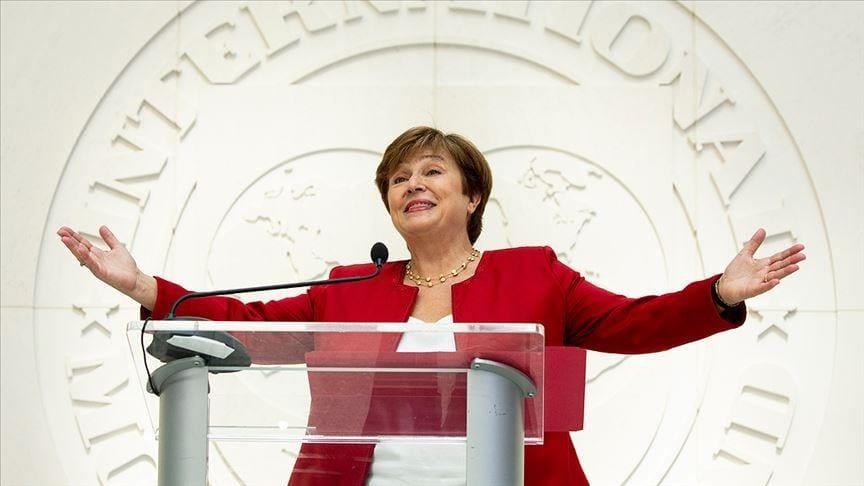If the Paris Agreement’s goal of bringing global temperature to 1.5 to 2 degrees Celsius, then key steps have to be taken such as a robust price on carbon says Managing Director of the International Monetary Fund (IMF), Kristalina Georgieva. The IMF official made this declaration during her recent participation at the International Conference on Climate that was held in Venice.
There, Georgieva reminded world leaders of the need to cut global emissions by one quarter to one half over the next decade. Based on historic experience, the IMF Head said this may seem an impossible target. She noted however that “it is one we ought to and can achieve, with public support, technological breakthroughs, and the right policies.”
Georgieva proffered that one of the key ways this can be done is putting a robust price on carbon while reminding that this very point was discussed at the G20 High-Level Tax Symposium. Georgieva said this mechanism will provide a critical signal for redirecting private investment and innovation to clean technologies, and to incentivize energy efficiency. She said, “Our research is clear—without it we simply cannot reach the goals of the Paris Agreement. And this price signal needs to get predictably stronger—by 2030, we need an average global price of US$75 per tonne of CO2, way up from today’s US$3 per tonne and up from the 23 percent current emissions coverage.”
Georgieva further noted that a minimum first step on carbon pricing is a regular stocktaking of measures by the G20 countries to assess progress toward mitigation commitments. The IMF Managing Director also stated that a higher level of ambition is an International Carbon Price Floor agreement among major emitters.
The official said, “With a pragmatic design, this type of arrangement would allow different minimum prices based on different development levels and different national policy approaches. And the carbon price floor does not have to be a tax. Some countries may prefer other measures that achieve the same outcome, such as emission trading or combinations of feebates/regulations at the sectoral level.”
Already, Guyana’s Environmental Protection Agency (EPA) has introduced a carbon pricing mechanism in the oil sector. According to the modified Environmental Permit for the Liza Phase 1 Development, ExxonMobil has to pay US$30 per tonne of CO2e during certain periods of flaring. EPA has said it also has the power to increase that payment when such action is warranted.
Carbon pricing benchmark utilized to determine Exxon’s flaring payment — EPA
Co-Director of Energy Practice at America’s Market Intelligence (AMI), Arthur Deakin also believes Guyana could pave a low carbon path for its oil and gas sector with the help of ExxonMobil’s carbon-capturing utilizing and storage technology (CCUS), and implementation of a carbon tax.
A carbon tax would be beneficial for Guyana, Deakin said, while adding that this tax would have to be properly studied. He went on to say that a carbon tax would also have to be accompanied by a holistic set of climate policies if environmental damages are to be fully mitigated while simultaneously allowing for the growth of the country’s energy sector.




